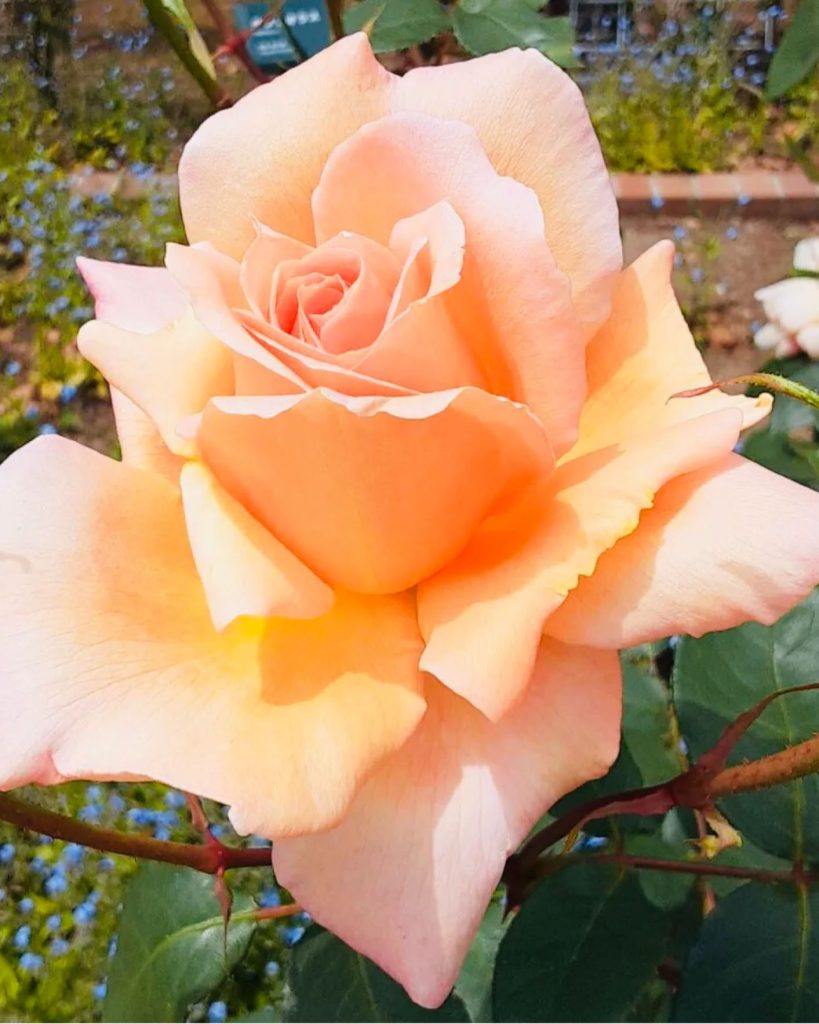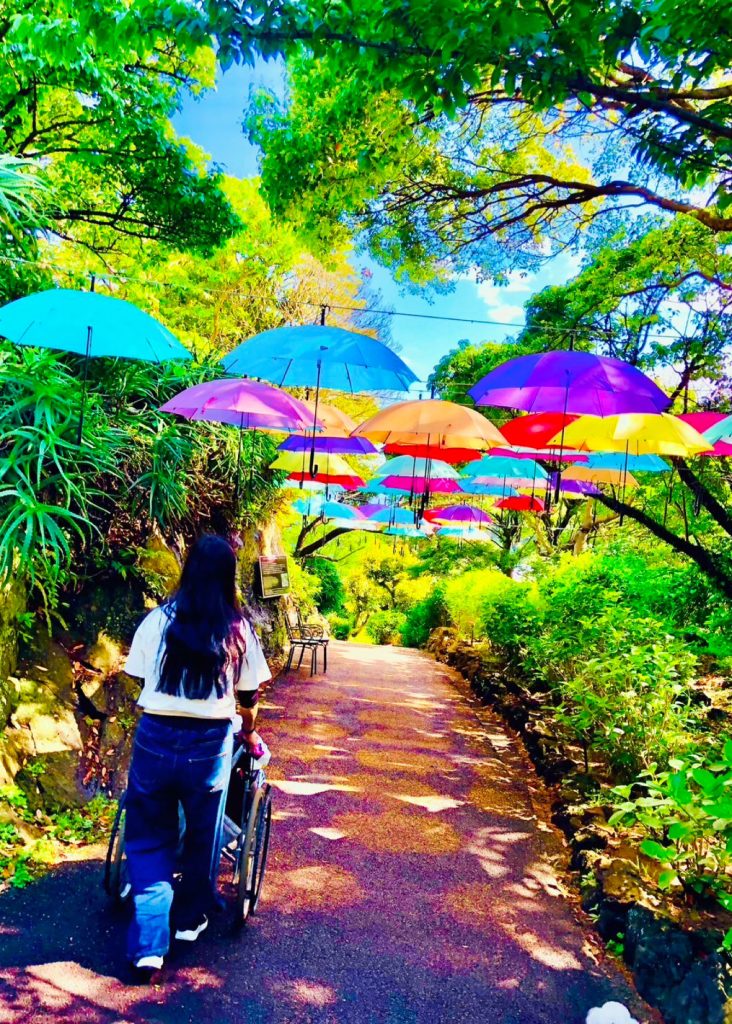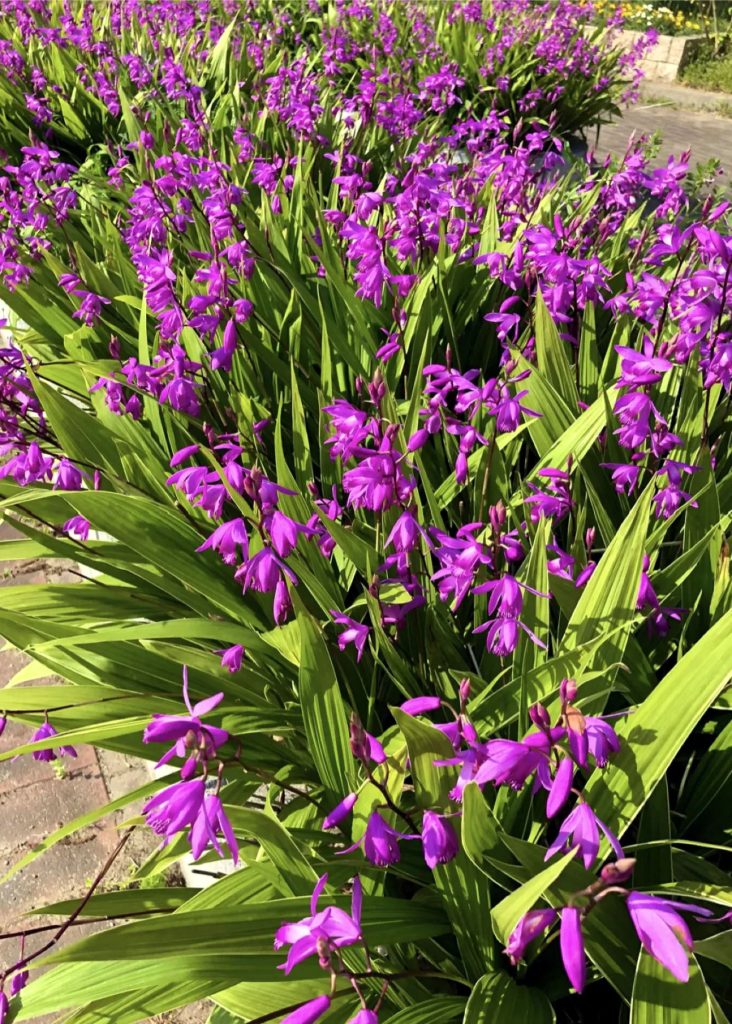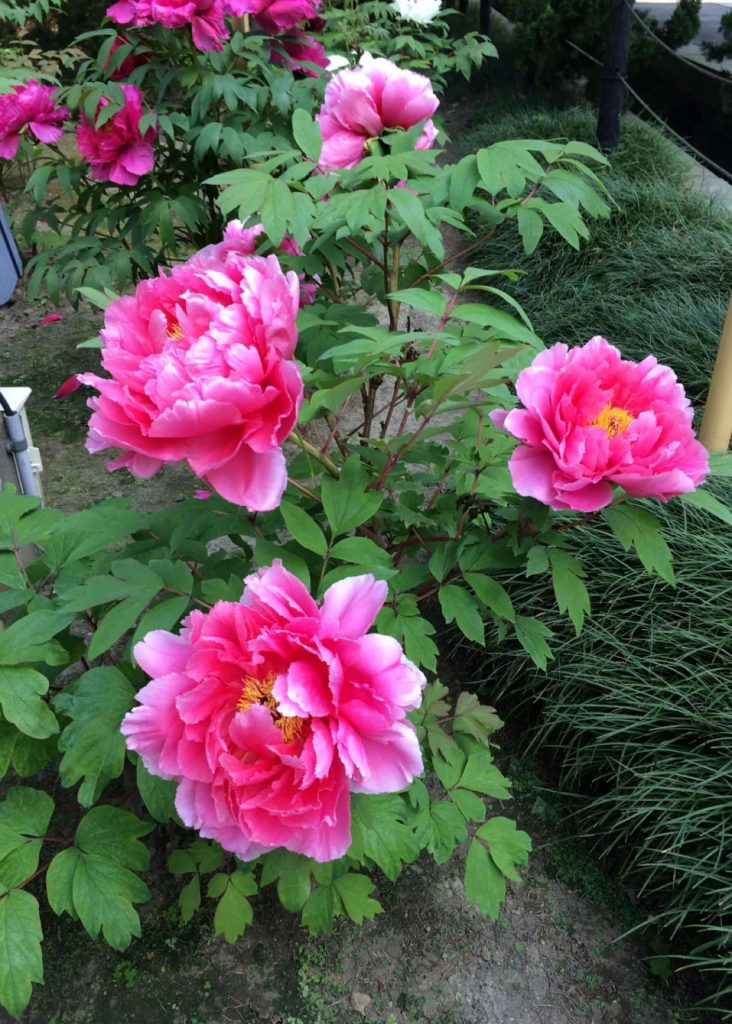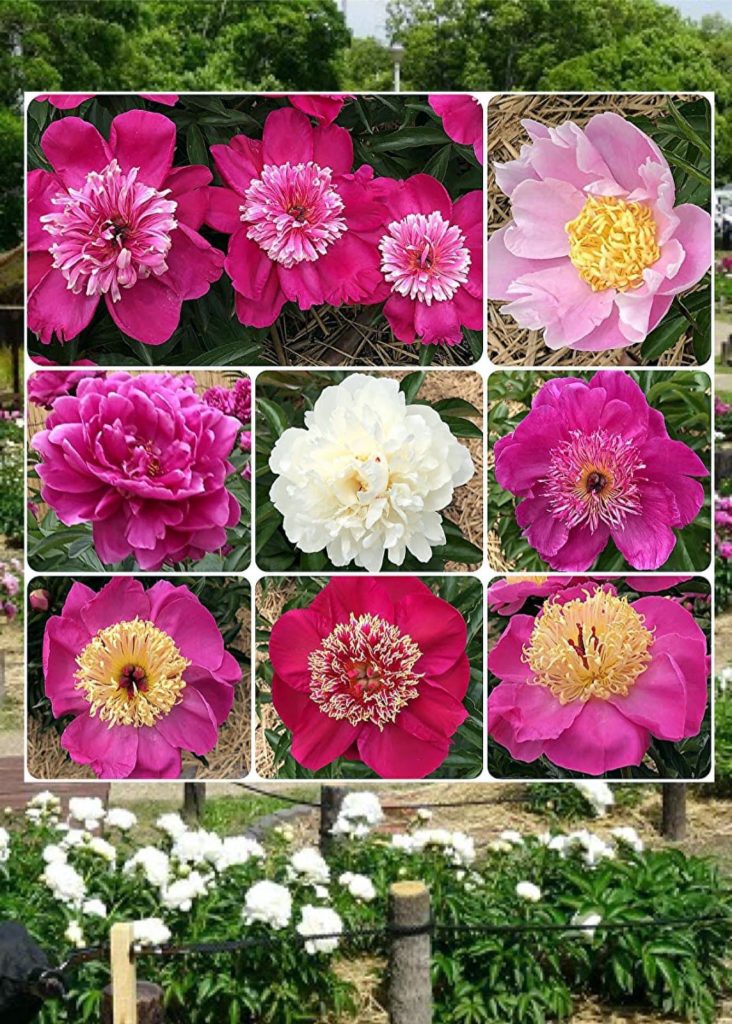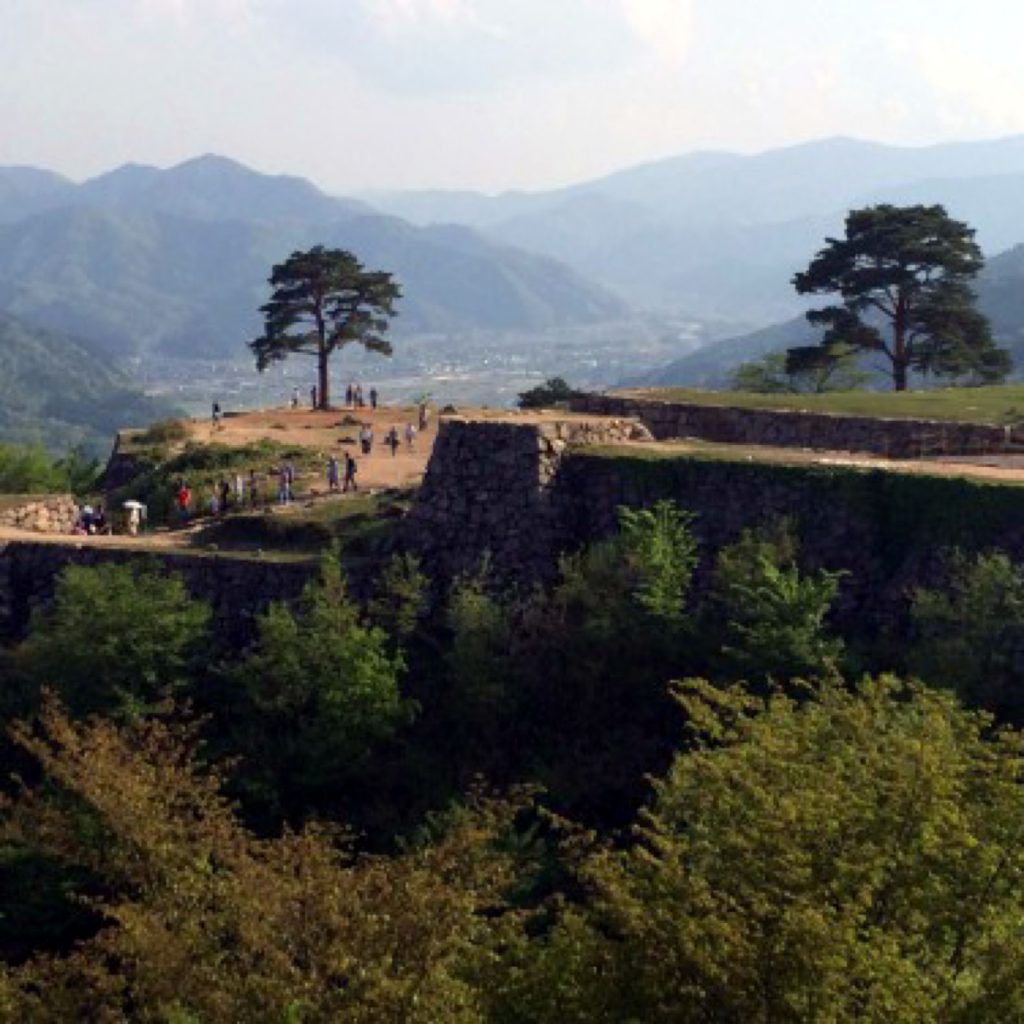
At the entrance of a house in what is known as a so-called declining village, every year without fail, various seasonal flowers are displayed. In the past, it was a village where families prospered from growing oranges, with impressive warehouses reminiscent of old times. Nowadays, it’s said that 70% of the national citrus harvest comes from just four prefectures: Wakayama, Ehime, Shizuoka, and Kumamoto, with Osaka representing only a fraction of Wakayama’s production. This decline in the village is evident. Most of the residents are elderly, and the village is quiet. Yet, the elegance of the homeowner who still displays seasonal flowers at the entrance recalls their character. A declining village is defined as a community where over 50% of the population is over 65 years old, and where the outflow of youth and the maintenance of social activities such as weddings and funerals are approaching a limit. According to a 2015 survey by the Ministry of Land, Infrastructure, Transport and Tourism, there are 3,614 such declining villages nationwide.
いわゆる限界集落と呼ばれる集落の一軒の門前に、毎年決まって四季折々の生花が飾ってあります。昔はみかんの栽培が盛んで、それで財を成した家々が並ぶ集落です。大きな蔵の様な立派な倉庫があって往時を偲ばせます。今は和歌山県を筆頭に、愛媛県、静岡県、熊本県だけで全国の収穫量の70%を占め、大阪府は和歌山県の14分の1と言いますから、この集落の凋落がわかります。住民のほとんどが高齢者だそうで、集落は静まり返っています。それでもこうして門前に四季折々の生花を飾る主人の風流が、その人柄を偲ばせます。限界集落とは、地域人口の50%以上が65歳以上の集落で、若者が流出し、冠婚葬祭などの社会的共同生活を維持することが限界に近づきつつある集落のことだそうです。2015年の国土交通省の調査では、こうした限界集落が全国に3,614集落あるそうです。


